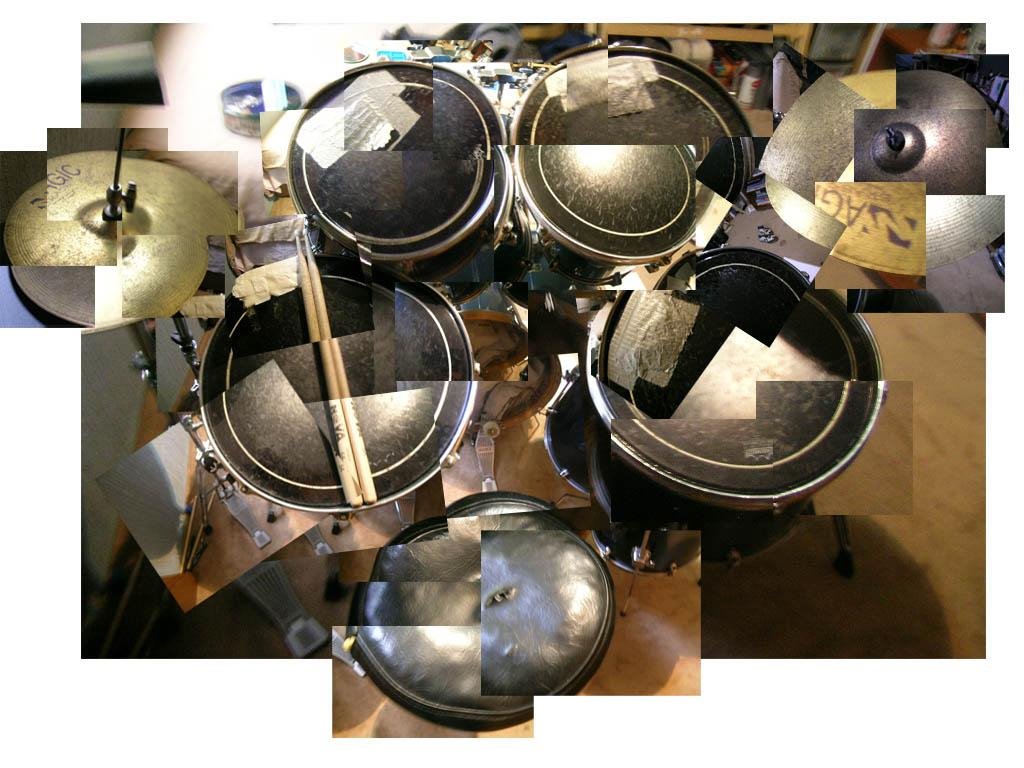Dear Justin, Collin, Sin Loong, Desmond, Victor Lum, Alvin, Bryan, Kevin, and others (sorry if I forgot to mention
Hi! How are you? =)
As it is stated in Psalm 33:3
Sing to Him a new song; play skillfully, and shout for joy.
And in 1 Chronicles 25:7
Along with their relatives – all of them trained and skilled in music for the Lord.
Therefore, I am writing this to encourage you to continue to pursue excellence in your drumming.
I have put together some drumming tips/advice for you, hope that this will help you to be a better drummer for Christ =) I will continue to write new tips every now and then, heh heh..
1) Don’t be discouraged
You see your peers getting better in drums and you’re still not improving much, or when you’ve made a big mistake while playing in service, or when somebody in the congregation gives you a strange look.. Be confident, always look forward, don’t look back on your mistakes while you are playing. Start your confidence by hitting your first 4 drumstick counts loudly n play a consistent groove. Continue to practice diligently at home or consistently rent a drum studio to practice.
*When I started practicing drums at home (without drumset) 9 years ago, I don’t care whether do other people practice (or if other people can play better with less practice), I just practice, practice, practice… until I become more stable, which is 2-3 years later. Be diligent, and be patient with results.
2) What to do when you are not sure about the song’s tempo
Ever played half-way during service and suddenly lost the ‘speed’ of the song? Look for subtle tempo indicators to help you to play with consistent tempo, eg. Pianist’s feet tapping, guitar strumming speed, hand count, follow the worship leader lip’s singing tempo.
*Learn to read their lips, it helps a lot.
3) The backbone of playing drums is…
Good old consistent drum playing, which means consistent tempo throughout the whole song. This is so overlooked by new drummers, it’s not all about playing cool beats and fill-in.
How to achieve this: PRACTICE at home.
Switch on a studio-recorded song or metronome and practice playing a groove along with the song, practice until your tempo is exactly the same with the drummer in the song. Play with songs with different tempos too, fast, slow, very slow, etc. Make sure your fill-in and crashes are on time too.
*Also practice to play confidently and loudly with the songs/metronome, it’s a totally different ballgame.
Learn to be comfortable playing any drum grooves and fill-ins at any tempo, and at any volume. (eg. play really fast tempo softly, build up at chorus loudly… or play a really slow song loudly & confidently)
EX: As you listen to this song now, "Your Name" by paul baloche (the start of song has no drums). Are you able to swing your hands (imitate playing the drums) and play nicely according to the tempo?





